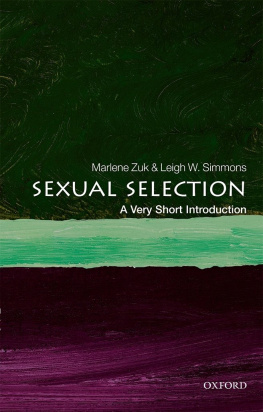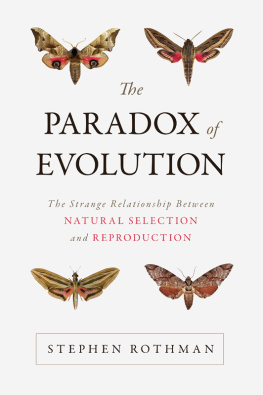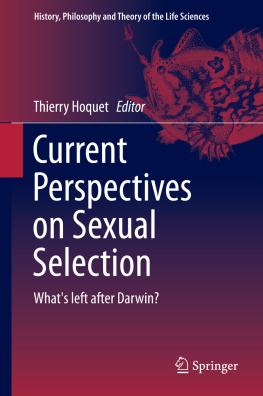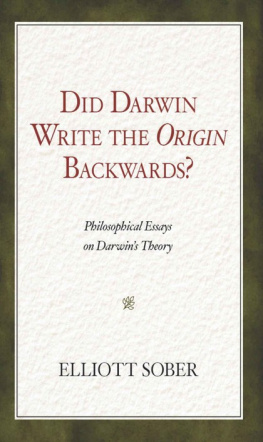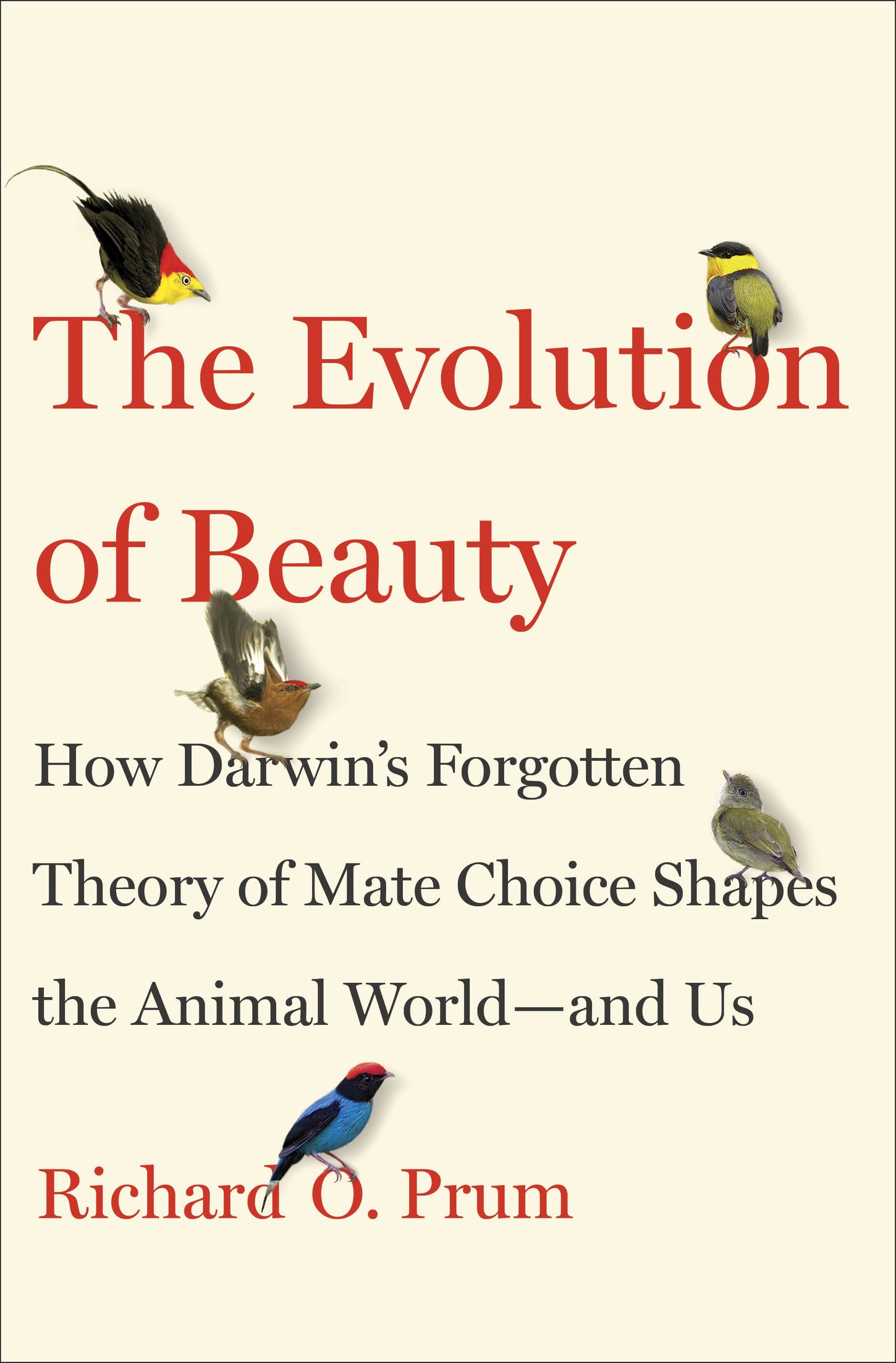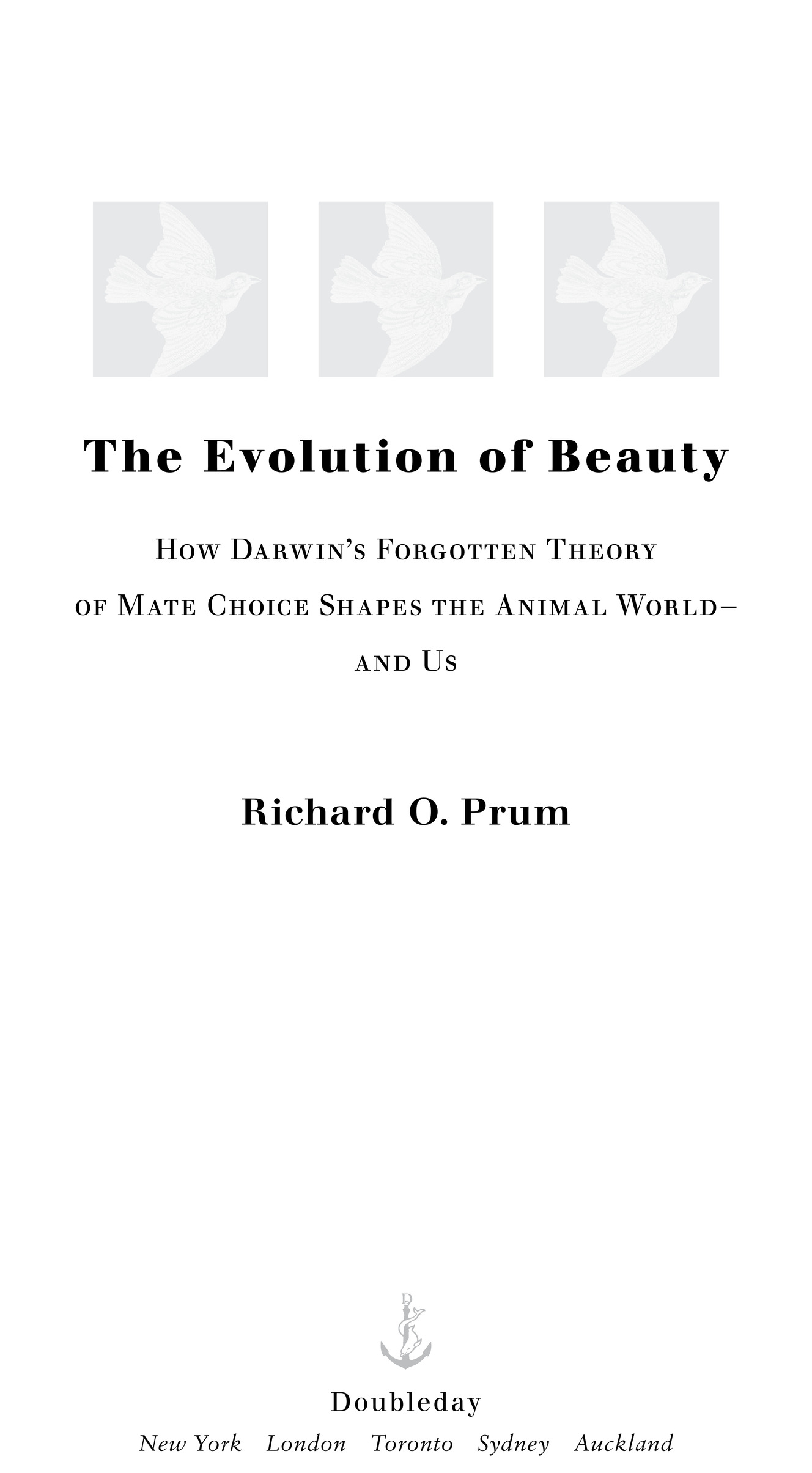Copyright 2017 by Richard O. Prum
All rights reserved. Published in the United States by Doubleday, a division of Penguin Random House LLC, New York, and distributed in Canada by Random House of Canada, a division of Penguin Random House Canada Limited, Toronto.
www.doubleday.com
DOUBLEDAY and the portrayal of an anchor with a dolphin are registered trademarks of Penguin Random House LLC.
Cover design by John Fontana
Cover photographs (clockwise from top left): Tim Laman/National Geographic Creative; Juan Carlos Vinda/Minden Pictures; Glenn Bartley/All Canada Photos/Superstock; NHPA/Photoshot/Superstock; Tim Laman/National Geographic Creative
Pen-and-ink drawings by Michael DiGiorgio
Charts by Rebecca Gelernter
Library of Congress Cataloging-in-Publication Data
Names: Prum, Richard O., author.
Title: The evolution of beauty : how Darwins forgotten theory of mate choice shapes the animal world and us / Richard O. Prum.
Description: First edition. | New York : Doubleday, 2017. | Includes bibliographical references and index.
Identifiers: LCCN 2016050808 (print) | LCCN 2016059440 (ebook) | ISBN 9780385537216 (hardcover) | ISBN 9780385537223 (ebook)
Subjects: LCSH: Sexual selection in animals. | Sexual selection. | Courtship in animals. | Human evolution.
Classification: LCC QL761 .P744 2017 (print) | LCC QL761 (ebook) | DDC 591.56/2dc23
LC record available at https://lccn.loc.gov/2016050808
Ebook ISBN9780385537223
v4.1
ep
Contents
TO ANN,
for inspiring and tolerating my many flights of fancy
M OTHER G OOSE: What is the secret Nature knows?
T OM R AKEWELL: What Beauty is and where it grows.
The Rakes Progress, an opera in three acts by Igor Stravinsky
Fable libretto by W. H. Auden and Chester Kallman
Introduction
I started bird-watching and studying birds at the age of ten, and I never really considered doing anything else in my life. Which is fortunate, because I am now unfit for any other sort of employment.
It all started with glasses. I got my first pair of eyeglasses during fourth grade, and within six months I was a bird-watcher. Before glasses, I spent a lot of time memorizing facts out of the Guinness Book of World Records and asking my siblings to quiz me on them. I was especially interested in the records of extreme human achievement, like the tallest and heaviest men, and the now suppressed category of gastronomical records, like the greatest number of whelks eaten in five minutes. But after glasses, the outer world came into focus. Soon, my amorphous nerdiness found something to organize around, something to run withbirds.
The next catalyst was a book. My family lived in Manchester Center, Vermont, a small town nestled in a beautiful valley between the Taconics and the Green Mountains. As I was browsing in a small, local bookstore one day, my eyes landed on Roger Tory Petersons A Field Guide to the Birds. I was transfixed by the paintings of the Cardinal, the Evening Grosbeak, and the Atlantic Puffin on the books cover. The book was a pleasing and efficient pocket size. Thumbing through its pages, I immediately began imagining all the places I would have to go to see all these birdswith the book, of course, in my back pocket. I showed the book to my mother with a not so subtle pitch that I would love to take it home. Well, she responded encouragingly, you do have a birthday coming up! About a month later, for my tenth birthday, I did indeed receive a bird guide, but it was the other one, Chandler Robbinss Birds of North America, with the text and range maps opposite the color plates. It was a great book with a really bad binding, and I would trash several more copies before I was out of elementary school.
Starting with a clunky old pair of family binoculars, I began to scour our rural neighborhood looking for birds. Within a year or so I had bought myself a new pair of Bausch & Lomb Custom 7x35s, paying for them with money Id earned from mowing lawns and working a paper route. On my next birthday, I received a bird song record, and I began to learn them. My initial curiosity grew into obsession and then into a consuming passion. On a good day of birding, my pulse would race with excitement. Sometimes, it still does.
Many people cannot understand what there is about birds to become obsessed about. What are bird-watchers actually doing out there in the woods, swamps, and fields? The key to comprehending the passion of birding is to realize that bird-watching is really a hunt. But unlike hunting, the trophies you accumulate are in your mind. Of course, your mind is a great place to populate with trophies because you carry them around with you wherever you go. You dont leave them to gather dust on a wall or up in the attic. Your birding experiences become part of your life, part of who you are. And because birders are human, these birding memorieslike most human memoriesimprove over time. The colors of the plumages become more saturated, the songs sweeter, and those elusive field marks more vivid and distinct in retrospect.
The exciting buzz of birding creates the desire to see more birds, to see the earliest arrivals and the latest departures, the biggest and the smallest, and to know their habits. Most of all birding creates the desire to see new birdsbirds you have never seen beforeand to keep records of your sightings. Many birders keep a Life List of all the bird species they have seen in their lives; each new bird they add is called a lifer.
Most kids are probably not thinking about what they will be doing for the rest of their lives, but I was very sure. By the time I was twelve, I knew I would be birding. Birding was an open invitation to adventures straight out of the gorgeously illustrated pages of National Geographic magazine. I soon found myself lusting after ever more remote and exotic habitats and locales. In 1976, I was again browsing in a bookstore, this time with my father, and I came across the gorgeous new Guide to the Birds of Panama by Robert Ridgely. It cost $15, which was more than I had. My parents were usually game for going fifty-fifty on such worthy purchases, so I asked Dad if he would be willing to split it with me. He looked at me incredulously and asked, But, Ricky, when are you going to Panama? My adolescent voice probably cracked as I responded, But dont you see, Dad, you get the book, and then you go! I guess I was pretty convincing, because I brought the book home, and it initiated my lifelong fascination with neotropical birds.
Of course, the ultimate goal of birding is to know all the birds of the world. All ten thousand plus species. But I dont mean know the birds in the same sense that one can know the laws of gravity, the height of Everest, or the fact that Robert Earl Hughes was the heaviest human in the world at 1,070 pounds. Birding is about knowing the birds in a more intimate, profound way.


